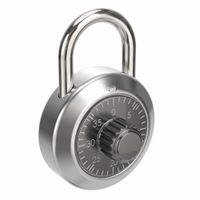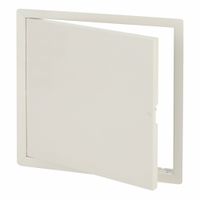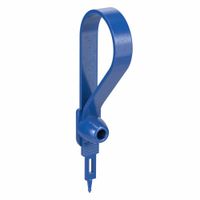- Home
- Security
.....Read More

Access Barriers & Crowd Control

Folding Security Gates

ID Cards, Printers & Supplies

Key Control & Duplication

Locks

Mailboxes & Mailbox Accessories

Metal Detectors, Scanners & Accessories

Military, Tactical & Public Security Equipment

Safes

Security & Access Doors

Security Alarms & Warnings

Security Equipment Replacement Parts

Security Seals

Video Surveillance
Frequently Asked Questions
What are the best crowd control barriers for large events?
How do metal detectors enhance security in public spaces?
What types of access doors are most secure for industrial facilities?
How do folding security gates work to restrict access?
What are the most effective key control systems for businesses?
How can ID card printers improve access management?
What are the strongest locks for protecting valuable equipment?
How do mailboxes ensure secure mail delivery in multi-tenant buildings?
What features should I look for in a safe for protecting valuables?
How do video surveillance systems help deter crime in facilities?